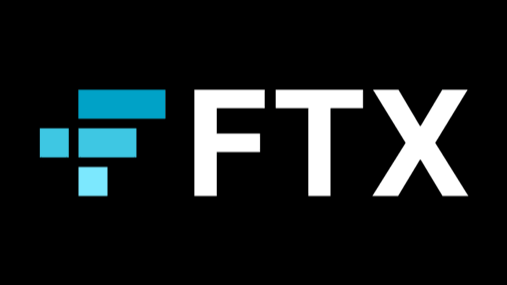FTX, formerly the world’s second-largest cryptocurrency exchange, has abandoned efforts to restart its operations.
Speaking at a bankruptcy court hearing in Delaware, the company’s attorney Andy Dietderich said that FTX had been negotiating with potential bidders and investors for months but none were willing to put in enough money to rebuild the exchange.
He said that the failed negotiations underscored that founder Sam Bankman-Fried had never built the underlying technology or administration necessary to run FTX as a viable business
The company collapsed in late 2022 after it emerged that Bankman-Fried had effectively used the exchange as his own personal piggy bank and had made himself into a billionaire by using the deposited funds of customers. Bankman-Fried was convicted of multiple fraud charges and is scheduled for sentencing in late March. He could face a maximum of more than 100 years behind bars.
In court, Dietderich said: "FTX was an irresponsible sham created by a convicted felon. The costs and risks of creating a viable exchange from what Mr. Bankman-Fried left in a dumpster were simply too high."
The company will now focus on liquidating its assets to repay customers whose assets were locked upon its bankruptcy filing. The lawyer said that FTX has recovered over $7 billion, and that it has reached agreements with various government regulators who will wait until customers are fully repaid before attempting to collect on about $9 billion in claims.
The issue has also been exacerbated by the significant rise in Bitcoin’s value since the assets were frozen in November 2022. Former customers have argued that they should receive the current value of their previously held Bitcoin. The US bankruptcy judge overseeing has waived those claims away, stating that he has “no wiggle room” and that the debts must be repaid based on their value at the date at which FTX filed for bankruptcy.
Latest News
-
UK confirms October hack on Foreign Office systems as investigation continues
-
Deichmann launches new order fulfilment system
-
SoFi unveils 'first US' bank‑issued stablecoin
-
UK government to ban ‘nudification’ tools
-
Bank of England governor says AI will ‘displace jobs’
-
PornHub probes reported breach affecting premium users’ viewing data
The future-ready CFO: Driving strategic growth and innovation
This National Technology News webinar sponsored by Sage will explore how CFOs can leverage their unique blend of financial acumen, technological savvy, and strategic mindset to foster cross-functional collaboration and shape overall company direction. Attendees will gain insights into breaking down operational silos, aligning goals across departments like IT, operations, HR, and marketing, and utilising technology to enable real-time data sharing and visibility.
The corporate roadmap to payment excellence: Keeping pace with emerging trends to maximise growth opportunities
In today's rapidly evolving finance and accounting landscape, one of the biggest challenges organisations face is attracting and retaining top talent. As automation and AI revolutionise the profession, finance teams require new skillsets centred on analysis, collaboration, and strategic thinking to drive sustainable competitive advantage.
© 2019 Perspective Publishing Privacy & Cookies








Recent Stories